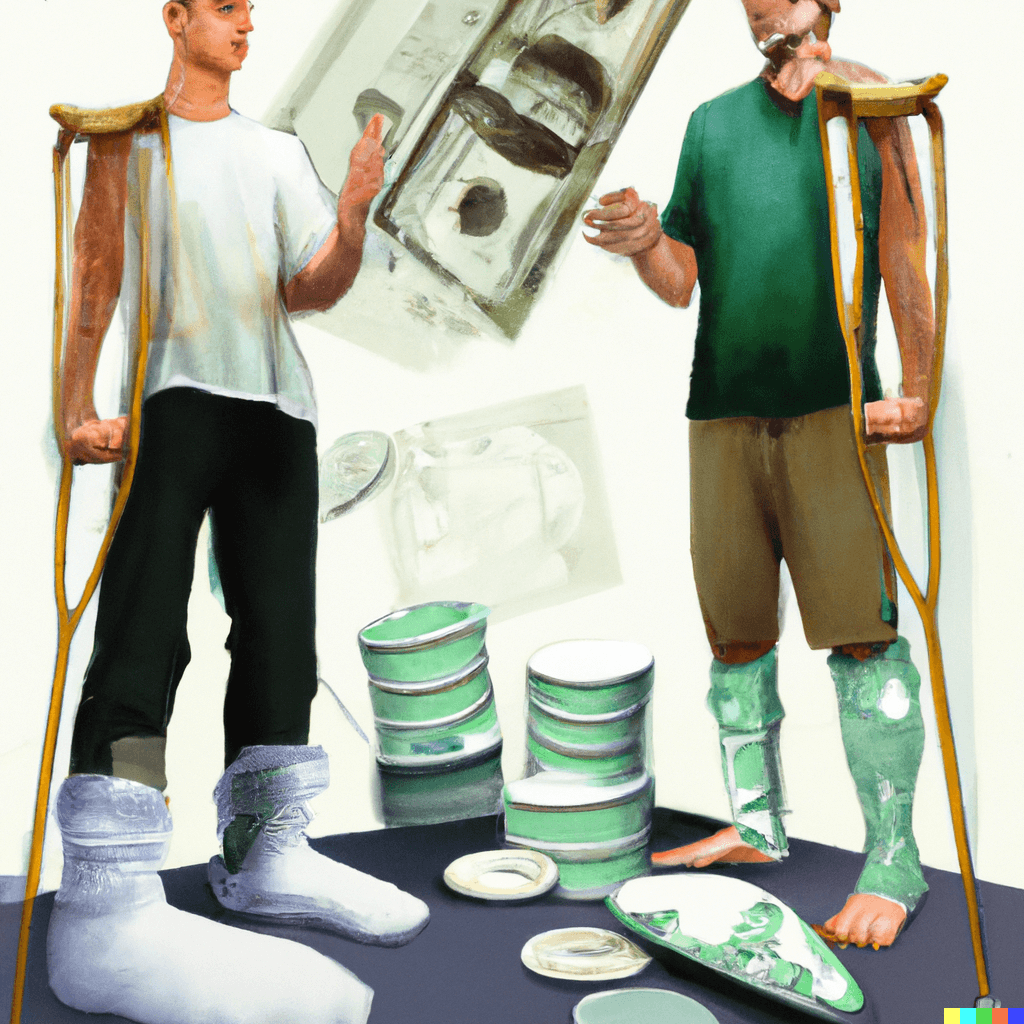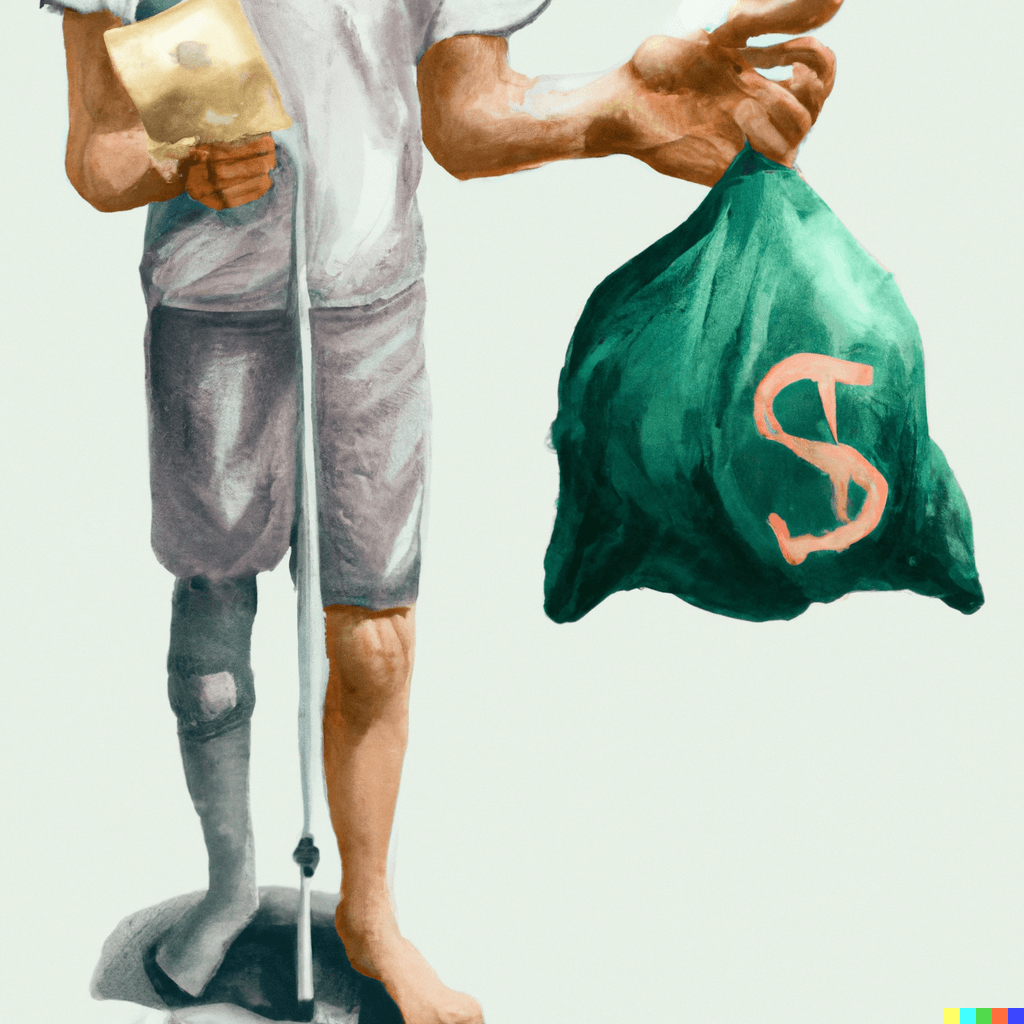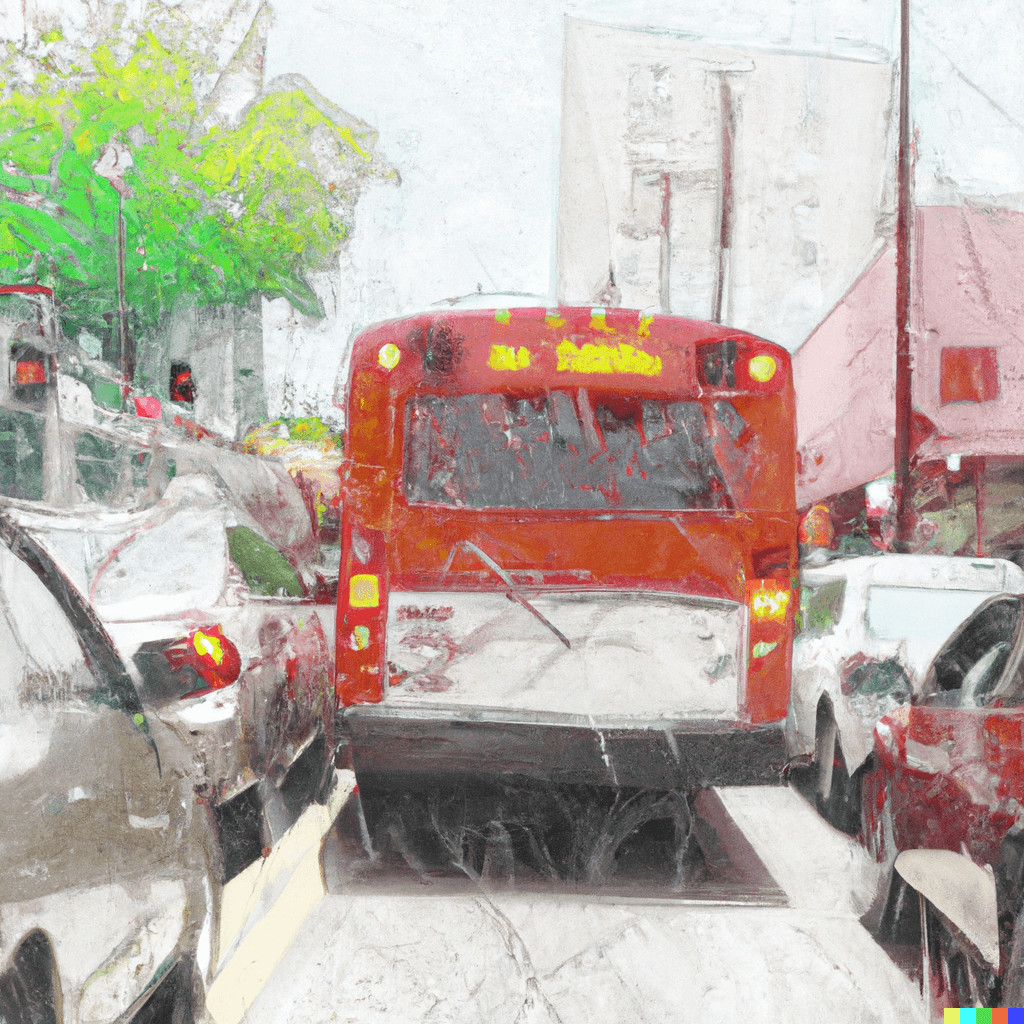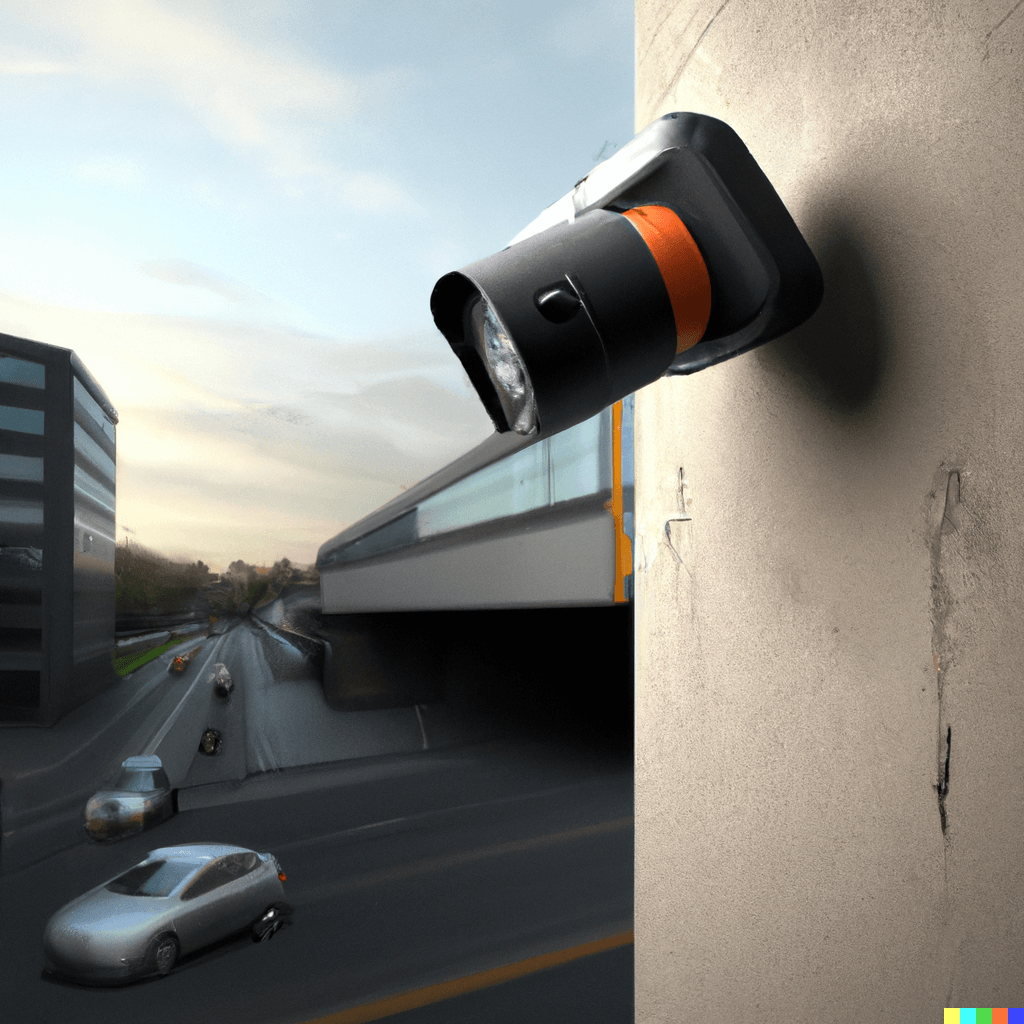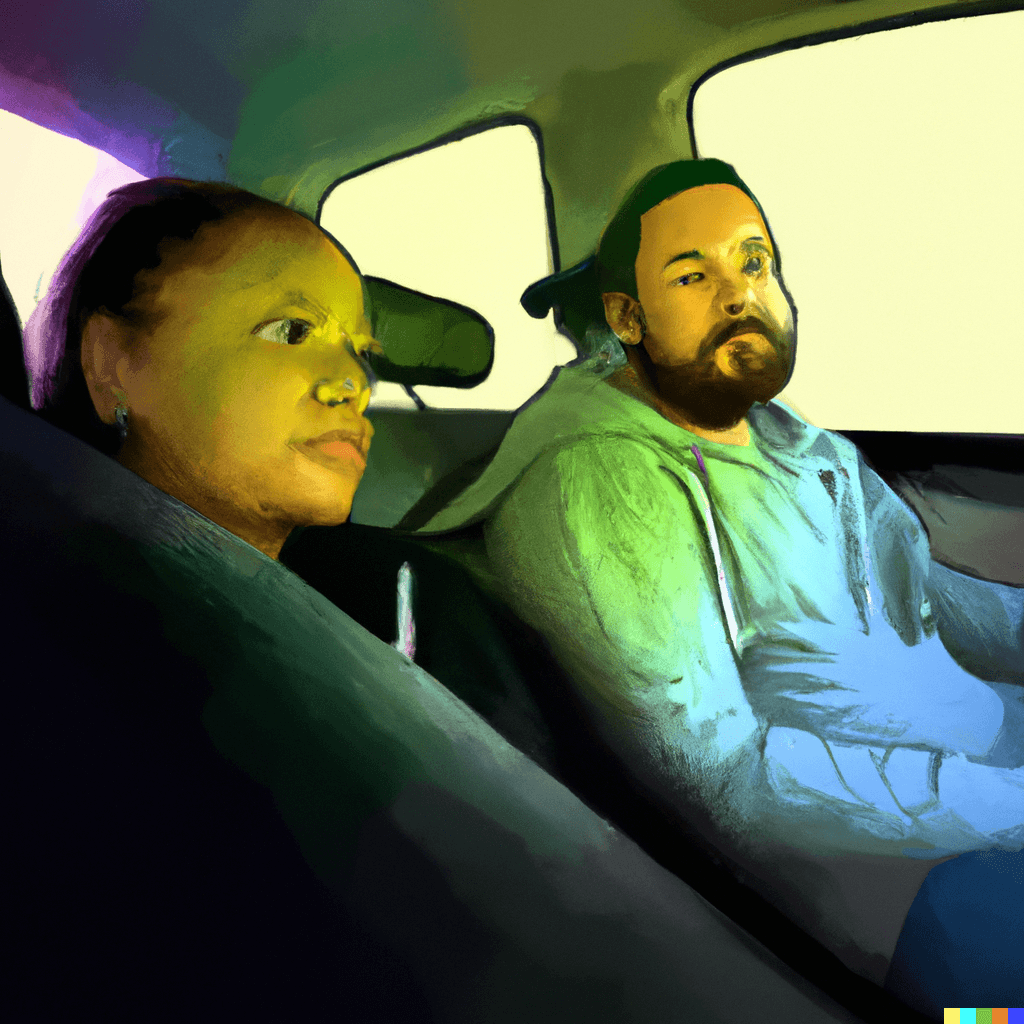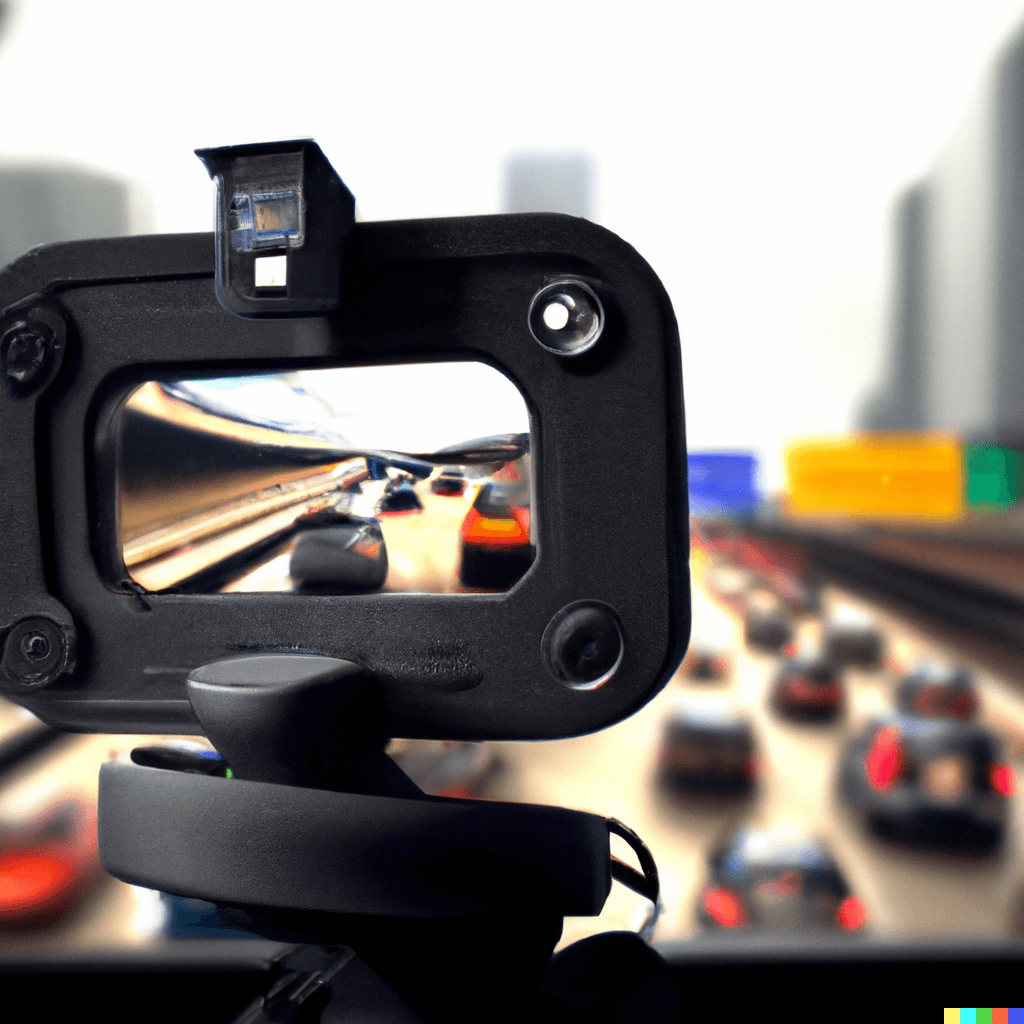Introduction
Experiencing a personal injury can be a life-altering event, leaving victims with physical pain, emotional trauma, and financial strain. At SELPH LAW, we are dedicated to advocating for victims in Columbus, Ohio, to ensure they receive fair and comprehensive compensation for their losses. This article explores how we, at SELPH LAW, determine compensation amounts in personal injury cases.
Understanding the Nature of Damages
To accurately assess the compensation for a personal injury claim, we must first understand the nature of the damages incurred. Damages in personal injury cases are typically classified into three main categories: economic damages, non-economic damages, and punitive damages.
- Economic Damages: Also known as special damages, these refer to quantifiable financial losses resulting from the injury. They include medical expenses, loss of earnings, future medical costs, and other out-of-pocket expenses.
- Non-Economic Damages: Also known as general damages, these are more subjective and relate to the pain, suffering, emotional distress, loss of enjoyment of life, and other non-financial impacts of the injury.
- Punitive Damages: These damages are not related to the victim’s losses but are designed to punish the negligent party and deter similar conduct in the future. Punitive damages are not awarded in every case but only in situations where the at-fault party’s behavior was particularly egregious or reckless.
How SELPH LAW Determines Compensation Amounts
- Initial Consultation: Our process begins with a thorough consultation where we listen to your story, understand your situation, and begin to quantify the potential value of your claim.
- Detailed Investigation: Our team then conducts a detailed investigation into the accident. This involves gathering evidence, consulting medical professionals, and, where necessary, engaging financial and vocational experts.
- Quantifying Economic Damages: We calculate economic damages by adding up all the quantifiable losses related to the injury. This includes medical bills, lost income, and any other expenses that you’ve incurred as a direct result of your injury.
- Assessing Non-Economic Damages: Determining non-economic damages can be more complex due to their subjective nature. We consider factors such as the severity of your pain, the extent of your emotional trauma, and how your injury has affected your quality of life.
- Considering Potential Punitive Damages: If the at-fault party’s conduct was particularly negligent or harmful, we might also consider the potential for punitive damages.
- Negotiating or Litigating for Fair Compensation: Once we’ve assessed the potential value of your claim, our attorneys work diligently to negotiate with the at-fault party’s insurance company or, if necessary, represent your interests in court.
Conclusion
Determining the right compensation amount in a personal injury case is a complex process, and it is crucial to have experienced legal professionals by your side. At SELPH LAW, we pride ourselves on our comprehensive approach to case evaluation, ensuring that every aspect of your injury is considered when determining compensation.
If you or a loved one has suffered a personal injury in Columbus, Ohio, don’t hesitate to reach out to us at SELPH LAW. We’re here to stand with you, fight for you, and help you secure the compensation you deserve.
Disclaimer: This article is intended for informational purposes only and does not constitute legal advice. Always consult with a professional attorney for any legal decisions.
